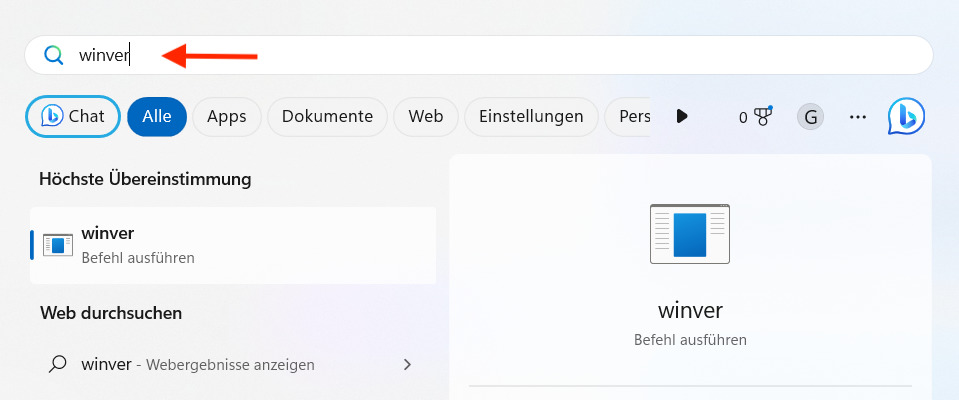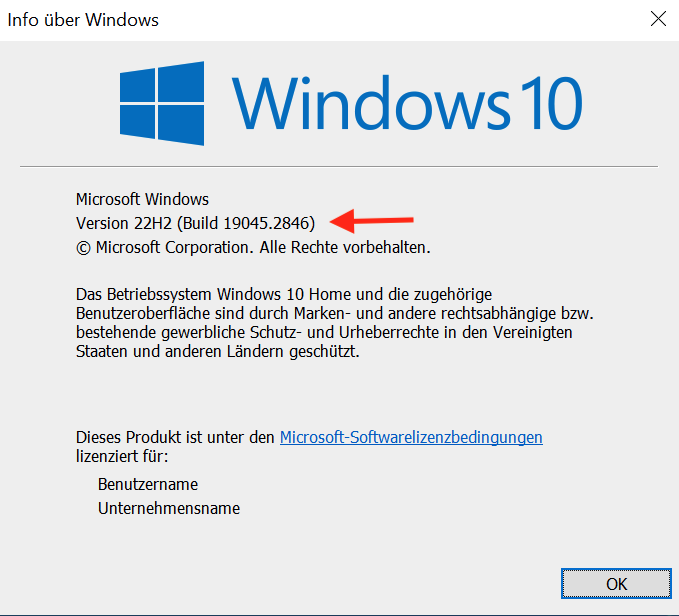
Employees want the ability to work from anywhere — their mobile phone, their kitchen table, or the company’s physical office. Flexibility is now key for hiring and retaining talent.
In a 2022 survey of currently employed people, FlexJobs found that more than half (57%) said they would leave their jobs if they don’t get remote work options. This means, your organization depends on your employees being able to access the apps they require to do their jobs from wherever they like.

Providing this ability, however, may feel challenging. IT departments’ to-do lists are overflowing with tasks and projects. At the same time, many organizations are facing budget cuts and finding the time to research new tools simply doesn’t exist.
There’s an easy answer to this conundrum. Companies are increasingly discovering that there’s a tool that solves many of these challenges — HCL Domino Nomad.
Make everyone an app developer
With the recent upgrade to v12, HCL Domino modernized its ecosystem and created a powerful tool that helps your organization adapt to today’s workforce needs: Your employees need quick access to their apps to manage projects, serve clients, and help your business grow.
In addition to having the ability to access current apps, employees require new apps that digitize previously manual processes, make it possible to work from anywhere, and save time. Domino helps you to make your existing apps web- and mobile-ready with just a few clicks through a desktop, tablet, mobile phone, or web browser. You can quickly deliver the apps to Apple iPhone and iPad, Android tablets, and Chrome OS.
Because the latest Domino version also can help create web apps, employees can access their apps from any web browser. Instead of waiting weeks for the tools they need, your team has the apps they need in minutes.
As employees see the productivity gains and improved flexibility of mobile apps, it’s likely that you will quickly see requests for new apps to streamline your organizational processes and tasks.
Domino makes it easy for even non-developers to create new apps in 70% less time. Because technical skills aren’t needed, employees can take control of their own processes and feel empowered to make improvements in their work.
Gain efficiency with no required client upgrades
Previously, an installation of Domino Notes Client was required to create apps and databases. The newest version of Domino allows you to run Notes applications in a standard browser — or even on a mobile phone.
With the new version, your IT staff can reduce their management responsibilities, as there’s no longer a need to upgrade clients or provide desktop support.
Because the new version runs clientless, IT teams can significantly reduce the time and resources spent managing applications. Fewer help tickets mean your IT team can focus on digital transformation and other customer-facing projects.
Provide flexibility for your workforce
Domino takes the work-from-anywhere concept to a totally new level.
The platform works in the offline mode when there’s no internet or an unreliable connection, so your employees can continue to work even on an oil drilling rig or a cruise ship. Once they get to a location that has a network connection, they can upload their work and synchronize the changes.
Your team can also tailor their experience based on their preferences and needs, such as building apps that access their device’s camera, files, location, and native mobile gestures. You can also restyle older apps to update the interface to make it easier to use or give it a more modern appearance. To save even more time, you can update multiple apps at the same time.
Many organizations mistakenly assume they need multiple solutions — an ERP system, a CRM, and an HR system. With HCL Domino, you can use your existing tool to create situation apps and workflows that help you solve your biggest business challenges. Learn more about Nomad and the business-forward capabilities of the latest version of HCL Domino.











